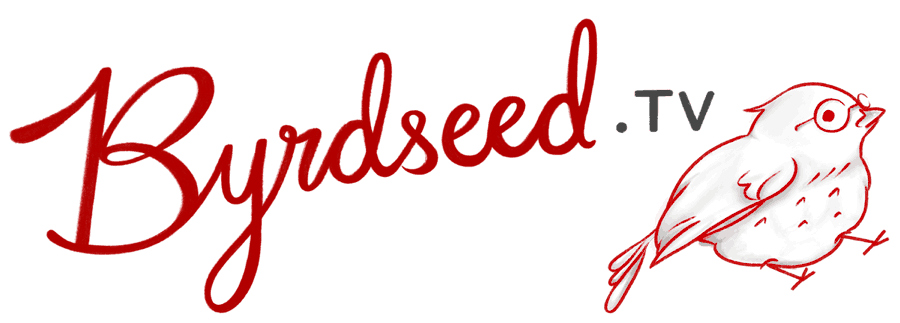Grade 6
-
Language
-
Reading: Informational
-
Reading: Literature
-
Speaking & Listening
-
Writing
CCSS ELA Standard: 6.W.3
Write narratives to develop real or imagined experiences or events using effective technique, relevant descriptive details, and well-structured event sequences.

Strength and weakness are often two sides of the same coin. Students will explore how a character's flaw can be a benefit.

When we try to solve a problem, sometimes we end up creating new problems. Which lead to new solutions. Which lead to new problems.

How would real people feel about the legends that have been created about them?

What if we rewrote a story's climax into a totally different genre?

Students will create a story about ⛷️🌨️🌲🐻🤝

Students will create a story about 🍪🥛🔍🐾🦌

Students will create a story about ☃️👑🏔️🔭✨

Students will create a story about 🎅🛷🌀🚀🌍

Students will create a story about 🚚🎁🤔🐶🫣

Students will create a story about 🎃🕯️📖💥👻.

Students will create a story about 🌕🌲👣😱💨.

Students will create a story about 🕷️🕸️📩🔑🚪.

Students will create a story about 🦁👑🐗🎶🌄

Students will create a story about 🐌📬✈️🏛️ 📜

Students will create a story about 🚚🤖📻🛸🌌

Students will create a story about 🏟️🏹🍞🐦🔥

Students will create a story about 🕰️🎩🐀💎🕺

Students will create a story about 👁️🔮🌩️🚷🌲

Students will write a story about 🚗🗺️🌋🐉🌉

Students will create a story about 🤖💃🎵🕺🐔.

Students will create a story about 🐻🎩🎙️🐰🤣.

Students will create a story about 🏰📚🔍🔐🚪.

Students will write a story about 🛥️🏊🌊🐙🤝 .

Let's go roller skating in a Halloween costume! What could possibly go wrong?

How would people with two different perspectives discuss a decision from history?

Can your students come up with a one-syllable word to sum up their time away from school? And then rewrite The Beatles' song Help!?

What would Socrates have thought if he watched Frozen?

What if one character dressed up as another for Halloween? Would the Cat in the Hat pick Captain Jack Sparrow, because they're both chaotic yet good-natured people? Would Elsa dress up as The Ice King since they are both lonely?

Create a new creature based on the adaptations of existing creatures from the same biome.

Ever read a student's story that was just event after event after event and then a very sudden ending? They lack an understanding of a plot's structure. With the help of Finding Nemo, I break down how to set up a well-structured plot.

If your students' stories are packed with endless ninja fights or arguments between frenemies, it's time to expose them to a wider range of conflicts.

A typical student narrative includes plot and characters but lacks a larger idea to hold it all together. This is where a lesson on themes comes in…

We open our unit on narrative writing with a big idea: "structure increases creativity." I show how this is true by bringing in examples from across all disciplines.

Are students' characters a bit flat? Archetypes give them a strong foundation on which to build their own characters as well as a tool to analyze existing stories.
